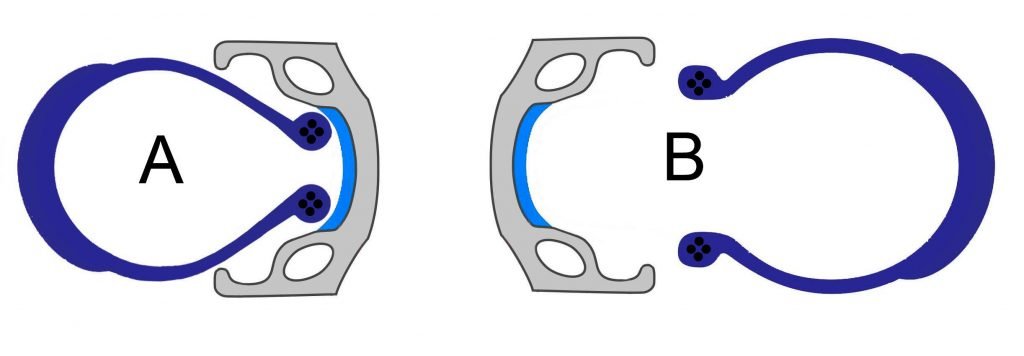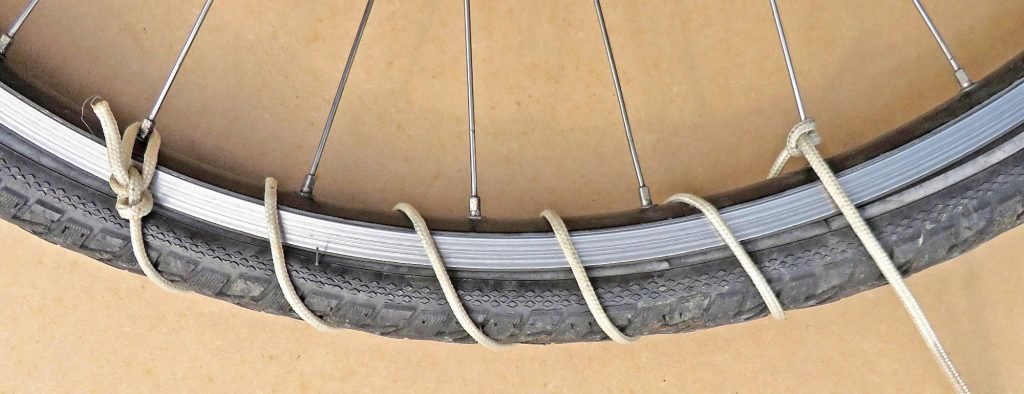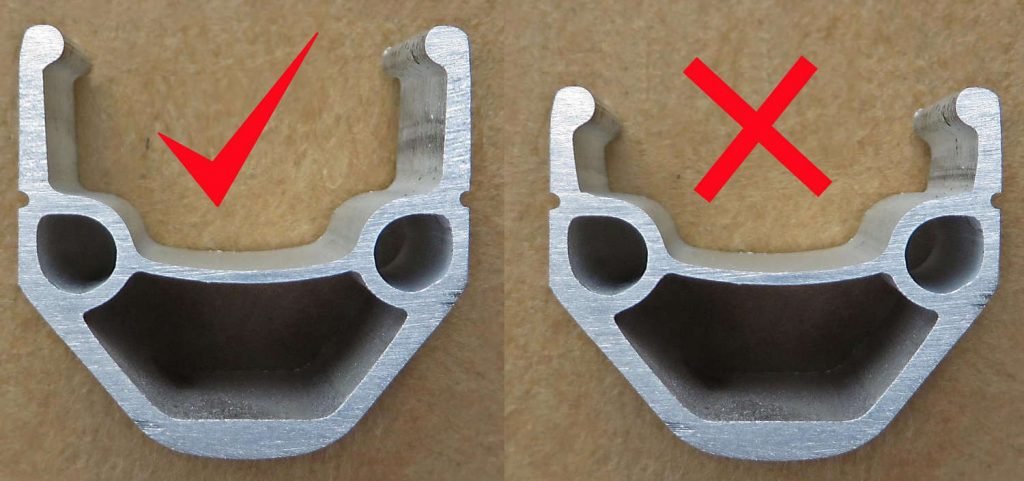
This post explains how to remove a tire from the wheel rim. We’ve covered this topic in previous ACTA “Roadside Repair” workshops, but I’ve been asked about it several times since then. The task can be especially difficult for those with small fingers, because brute strength often helps, (it can compensate for poor technique). This is a post about the principles that underlie good technique.
Colin Quilter

So after suffering a puncture you have removed the wheel from the bike. You insert a tire lever and stretch one edge of the tire (the bead) outwards over the rim. It won’t be easy, because TIRE BEADS CANNOT STRETCH. (If they could, when riding your tires would be forced off the wheel rims by the air pressure inside their tubes).


When the wheel is in use, the beads engage with two small L-shaped edges on the rim; those edges stop the tire separating from the rim. The beads are usually held hard against the L-shaped edges by air pressure in the tube.
Notice that there’s a “valley” called the “drop-centre” in the centre of the rim, where the spokes are attached. The drop-centre is the key to tire removal.

This diagram shows cross-sections through opposite sides of the wheel when the beads are in their usual position. All around the wheel rim, the beads are held in place against the L-shaped edges which retain them.

After a puncture the first thing to do is to go right around the wheel rim squeezing the beads inwards so that they separate from the rim, and are free to fall inwards into the drop-centre. This is an essential first step. Using tire levers before you have fully separated the beads from the rim, right around, is a waste of time.

Once the beads are free from the wheel rim, you can compress them down into the drop-centre on one side of the wheel. Then you SHIFT THE TIRE SIDEWAYS in relation to the wheel.

If the beads are compressed into the drop-centre on one side of the wheel, they will come loose from the rim on the opposite side. Now when you insert a tire lever on the opposite (loose) side you are not trying to stretch the bead, you are dragging the whole tire sideways to further loosen the beads.

Anything that you do to force the beads into the drop-centre on the side opposite the tire levers will make the job go more easily. For example, a friend can squeeze the beads inwards on one side while you insert tire levers on the other side. Or, working alone, you can use a short length of cord to lash part of the tire against the rim and compress the beads into the drop-centre.

On my bike, if I lash the tire to the rim on one side of the wheel, then on the other side the beads become loose enough to remove by hand, without needing tire levers at all.
To summarise: the key to easy tire removal is:
1) Free the beads from the wheel rim around their entire perimeter
2) Compress the beads into the drop-centre of the rim on the side opposite the tire levers
3) Shift the tire sideways in relation to the wheel rim
What can go wrong?
1) Rims and tires vary. Some are easy to separate, and others are extremely difficult, even for experienced hands. In difficult cases I have found bad language is a great help. A few heartfelt oaths often make the job go more easily.

2) A key factor is the depth of the drop-centre. If it is deep (left-hand image) then your job will be easy because the tire can be shifted a generous distance sideways in relation to the wheel. If it is shallow (right-hand image) then the tire cannot shift so far sideways.
3) Don’t try to compress the tire into the drop-centre near the valve. The valve stem will prevent the beads lying together deep in the drop-centre. Work somewhere else around the perimeter of the wheel.
4) If your tire has been in place on the wheel for a long time (many months, or even years) then the beads may have become firmly stuck to the wheel rim, as if they were glued in place. I don’t know why this happens. It might take a lot of force to break them free, but it has to be done.
Replacing the tire on the rim: the same principles apply, for obvious reasons.
That’s as much as I can tell you. Good luck!